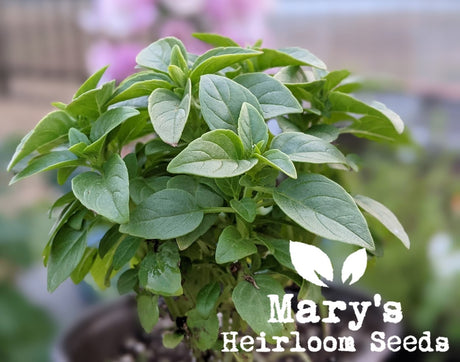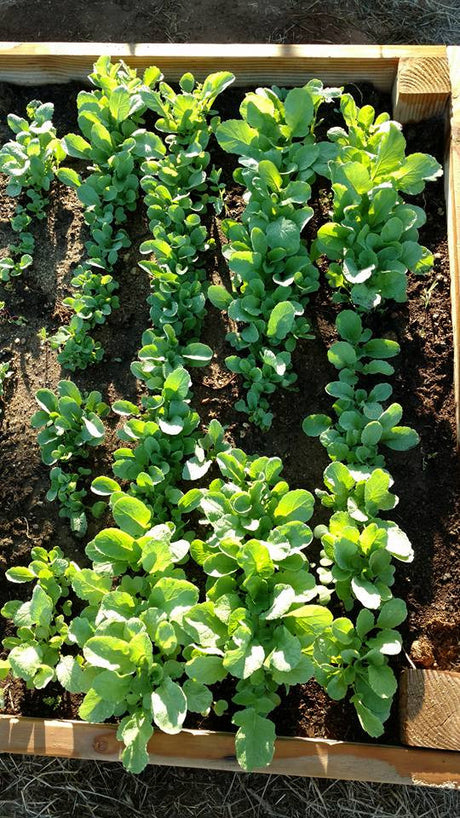
How to Create a Container Garden
Welcome to our all-in-one guide to creating a container garden. There are several articles here at Mary's Heirloom Seeds to help you get started but we thought it would be...
Mary Smith |
Welcome to our store Learn more

Welcome to our all-in-one guide to creating a container garden. There are several articles here at Mary's Heirloom Seeds to help you get started but we thought it would be...
Mary Smith |

I love our raised bed gardens!!! There are so many benefits such as less water usage, almost zero weeding and best of all, LOTS of food produced in a small...
Mary Smith |

We're finally updating our Build Your Own Raised Bed tutorial! Our first post was in 2015 when we moved to our new homestead and built a bunch of 8 foot...
Mary Smith |

Why a "Bucket Garden" you ask? At Mary's Heirloom Seeds we are dedicated to helping people grow their own food and we understand that Space and funds are often a...
Mary Smith |
Even if you have the space to grow in ground, there are many reasons to grow in containers. A few reasons to grow in containers include Save water Save space...
Mary Smith |
Over 1,000 varieties of Heirloom Seeds
Free Shipping on Qualifying orders of $20 or more
Planting guides to help you grow a successful garden